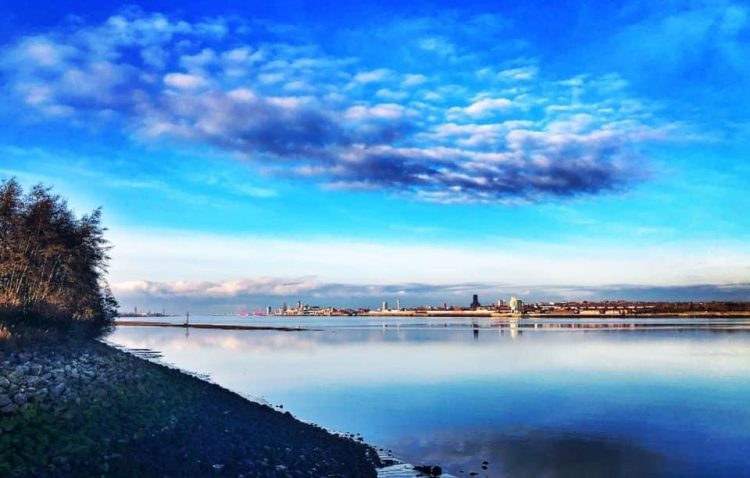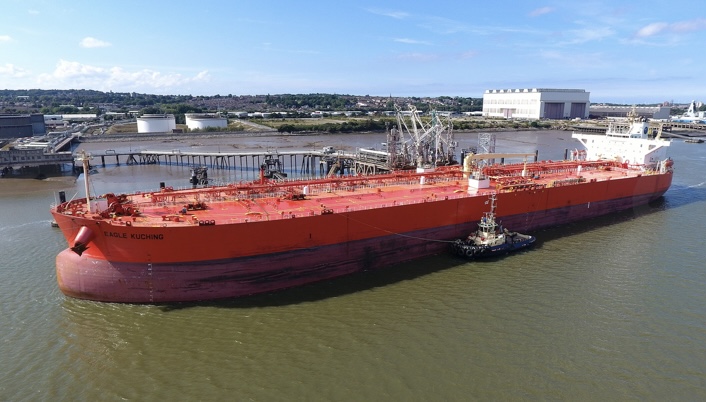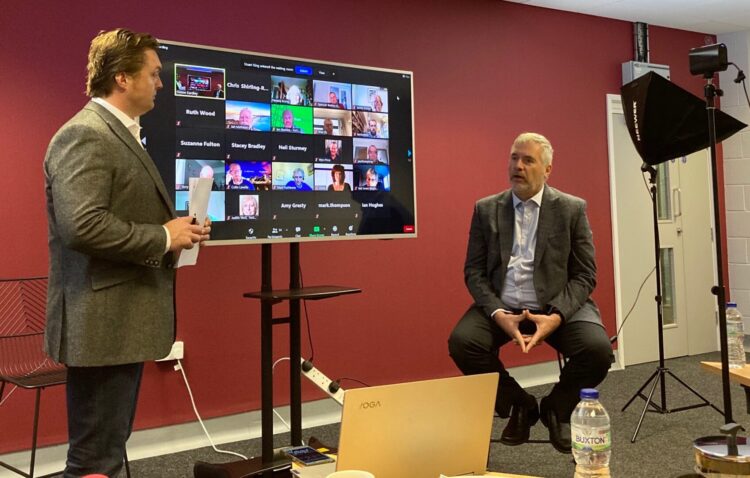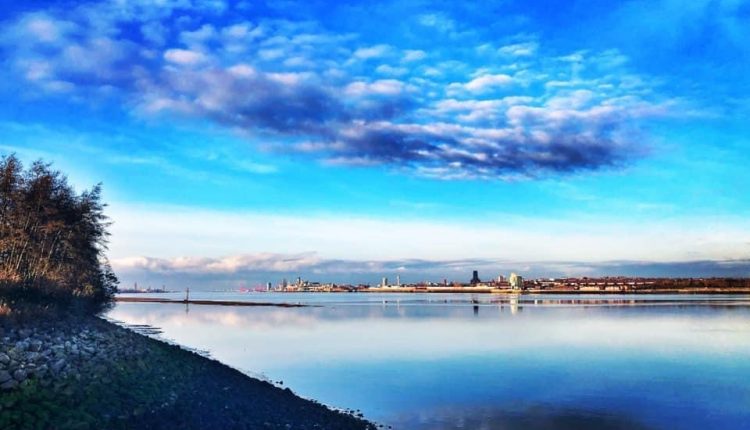Mersey tides could provide 7% of UK energy
Multi-billion pound plans to harness the power of the Mersey to generate electricity could provide up to 7% of the UK’s energy. Tony McDonough reports

A multi-billion pound plan to harness the power of the Mersey tides could provide up to 7% of the UK’s total energy capacity.
On Monday, Liverpool City Region Metro Mayor Steve Rotheram says he is ready to take another step forward on his Mersey Tidal project. This is a project that will see a facility built that would generate power from the tides of the Mersey Estuary.
He is looking to hire an expert technical advisor and designer to develop the next stage designs for the scheme which could either take the form of a barrage or a floating lagoon. Both options present significant technical and cost challenges.
The Mersey has the second-highest tidal range (the difference between the lowest and the highest tides) in the UK. It rises from 4m up to 10m at spring tide and is second only to the River Severn. Water from the high tides would be released through turbines as the tide falls, generating power.
Currently, the UK’s generating capacity stands at around 76 GW. Experts believe the tidal range around the North West coast could provide 8 to 12 GW of capacity with the Mersey having the potential to provide 1 to 5 GW.
Previously Mr Rotheram has said the scheme would generate enough electricity to power one million homes or 500 football stadiums. It could provide cheap, clean energy for the Liverpool city region for 100 years, he claims.
However, the cost of the project would be significant. Previous estimates have put the cost at around £4bn. Mr Rotheram said on Monday: “A project of this scale requires significant funding.
“We will put our money where our mouth is but we also need to secure investment from the private sector and, crucially, from Government. If levelling up is a serious proposition they should be looking to invest in cutting edge schemes like this.”
In February 2020, the Combined Authority approved £2.5m in funding to take the project forward in its next stage of development. Over the last two years, the authority has undertaken early technical work to understand the potential scope of the scheme.
This has included energy and hydrodynamic modelling, cost analysis and supply chain engagement and to develop possible funding and delivery models. It has also undertaken early environmental assessment work and held discussions to influence national Government’s energy policy.
The current conceptual design was developed as a foundation that is now ready to be developed into a more detailed proposal. It was hoped work could begin in 2025 with the facility providing emissions-free energy by 2030. However, now the CA is talking about a live scheme “within a decade”, suggesting a longer timescale.
One of the biggest challenges is ensuring minimal interference with busy shipping lanes. The largest container and cargo ships berth at the main port of Liverpool at Seaforth, on the mouth of the estuary.
But a large number of ships come much further up the river. There is a cruise liner terminal close to the city centre welcoming more than 100 vessels a year. Adjacent to this construction is well under way on the £70m Isle of Man ferry terminal.
Across the river at Birkenhead there is the 12 Quays Terminal which accommodates Stena Line ships sailing to and from Belfast. Much further up the river there is the Port of Garston and the Manchester Ship Canal.
In terms of oil tankers alone, there are more than 700 vessels coming in and out of the Mersey every year. Supertankers berth at the Tranmere Oil Terminal next to the Cammell Laird shipyard and around 500 smaller vessels berth at Stanlow at Ellesmere Port.


There are also detailed studies taking place on the environmental impact of the project. The Mersey estuary and Liverpool Bay are teeming with wildlife and how the project impacts on habitats is forming a major part of the overall scheme.
Addressing an audience of maritime businesses at a Mersey Maritime event in 2020, project director Martin Land said: “How we will impact on marine habitats is one of the biggest questions. That is particularly the case if we build a barrage. A lagoon might have less of an environmental impact.”
Speaking on Monday, Mr Land added: “Delivering a tidal power scheme is a huge technical and engineering undertaking but with a huge prize at the end – the generation of clean, predictable, reliable energy for over 100 years .
“The specialist technical and design development work we are looking to commence will help us build on the work already done and enable us to better understand how we marry up the inherent renewable power of the Mersey with the latest clean generation technology.”
Mr Rotheram adds that the Combined Authority may establish its own energy company to sell some of the power generated to the National Grid. He explained: “It would create thousands of well-paid local jobs and apprenticeships in its construction and operation, as well as pioneering research opportunities.
“And I am also committed to ensuring that we retain a public ownership stake in the project and exploring the potential for establishing a publicly-owned energy company to retail the power we produce.
“Given the cost of living crisis we’re seeing from skyrocketing gas prices and the race against the clock we face to save our planet, there has never been a better time to develop and invest in new sources of clean, renewable energy.”

